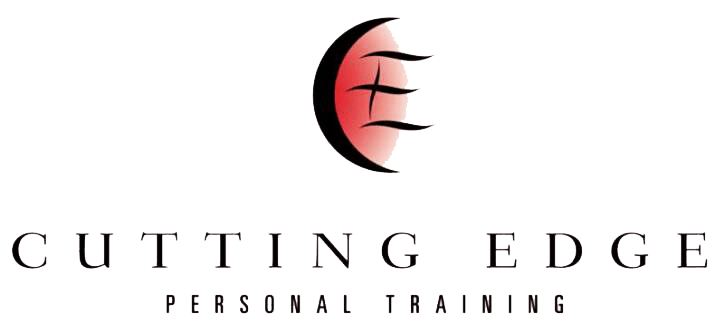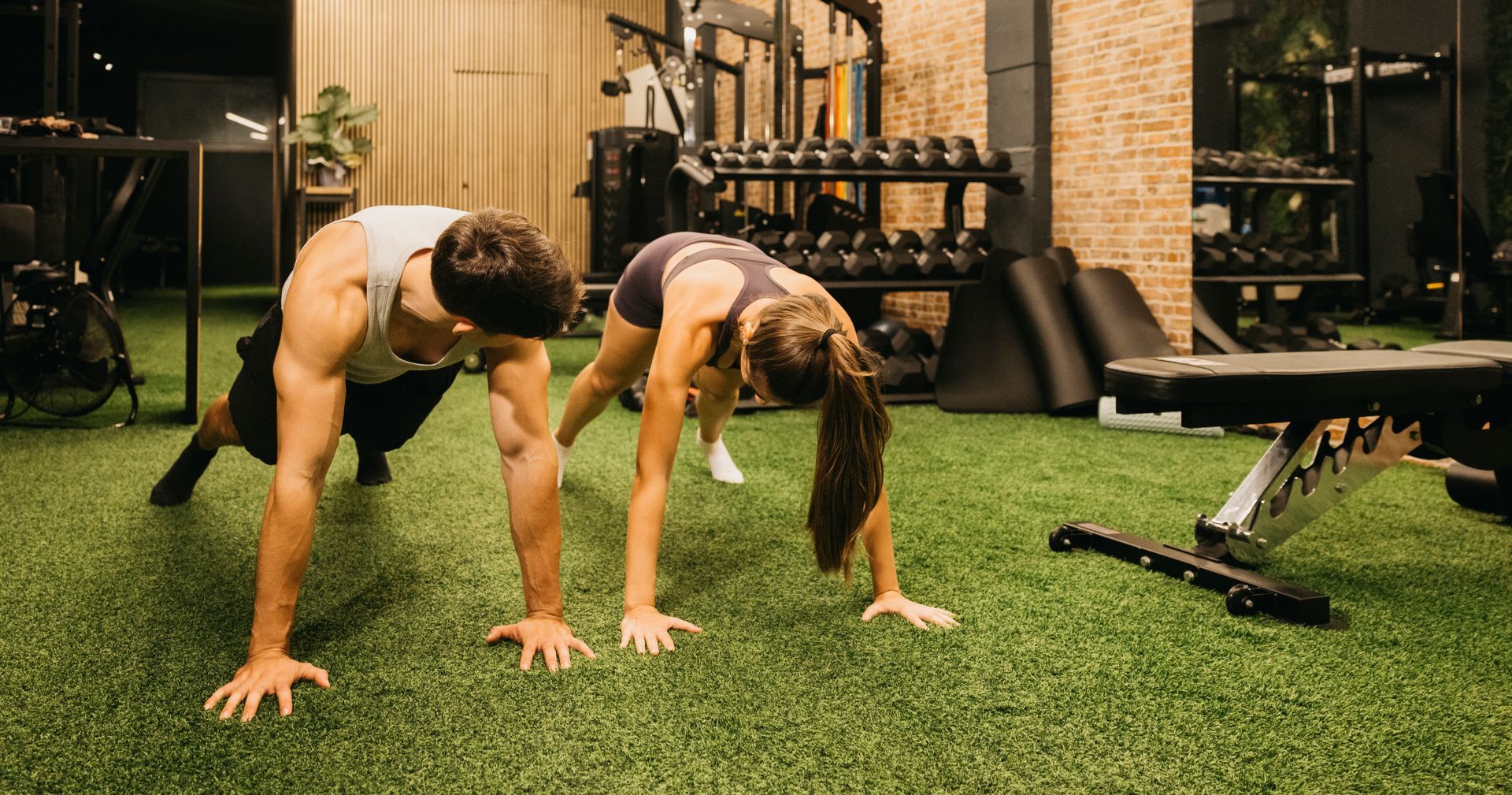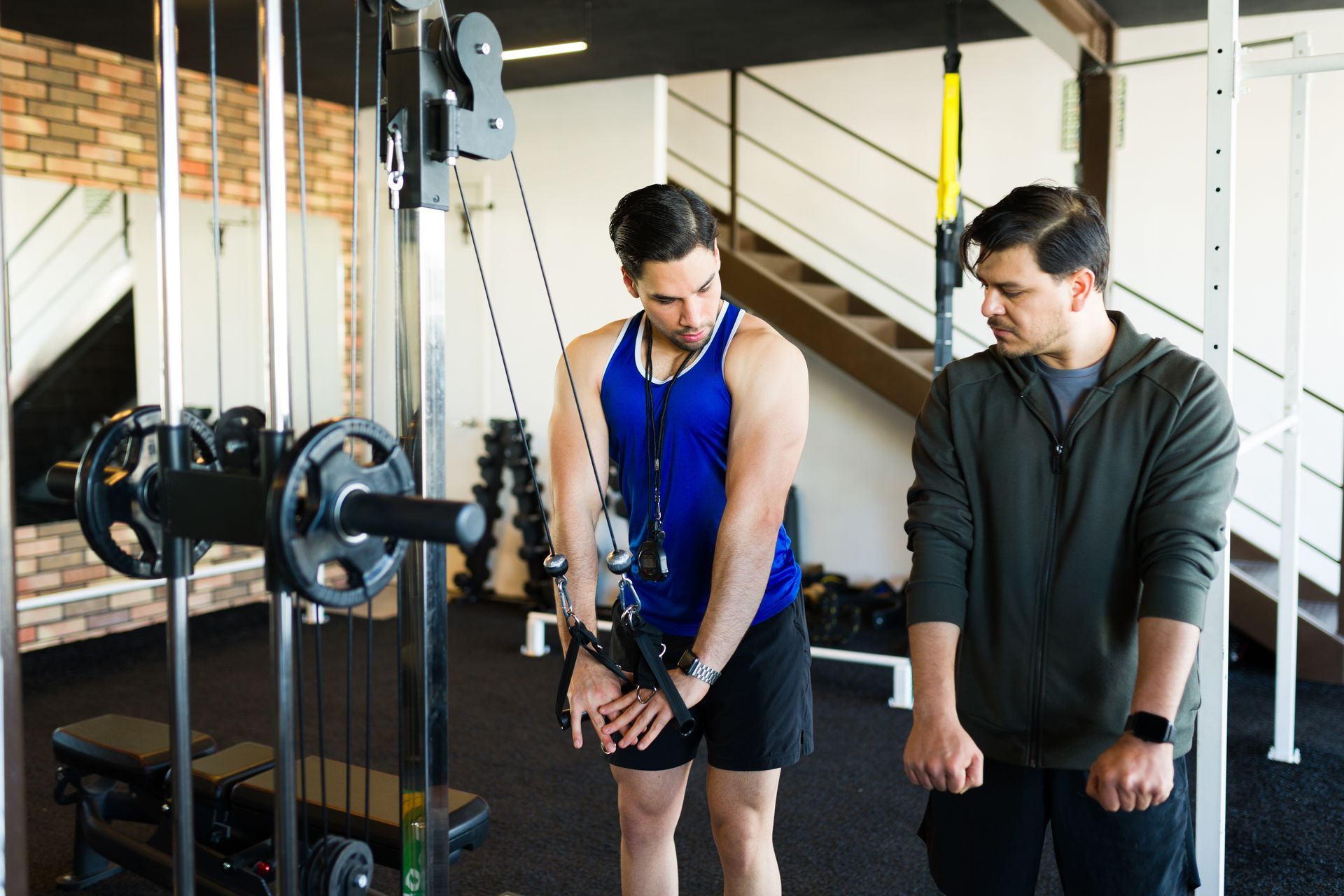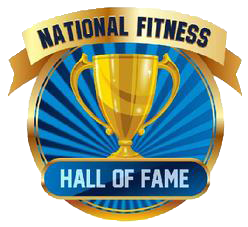July 7, 2025
Why We Lose Muscle With Age (And Why That Doesn’t Have to Be Your Story)
From a Personal Trainer in Nashville Who Works With Adults 40+

Losing muscle with age—also known as sarcopenia—used to be considered inevitable. But we now know better.
Yes, hormonal changes (testosterone, growth hormone, IGF-1), reduced motor neuron activity, and decreased physical activity all contribute to muscle loss as we get older. But that doesn’t mean decline is your destiny.
As a personal trainer in Nashville, I work with men and women in their 40s, 50s, 60s, and beyond—helping them build muscle, regain strength, and move better than they have in years. You can absolutely do the same, with the right plan.
Here’s how.
1. Strength Training Is the Foundation
Nothing prevents muscle loss more effectively than resistance training.
Just 2–3 full-body strength sessions per week can make a huge difference. Especially when built around compound lifts like squats, rows, presses, deadlifts, and carries.
These movements:
- Recruit large amounts of muscle
- Mimic real-life tasks (like getting off the floor or carrying groceries)
- Improve balance, stability, and coordination
- Help protect against injury and age-related decline
You don’t have to go heavy. You just need to progress—add reps, resistance, or time-under-tension over time. In my Nashville fitness training programs, we use barbells, dumbbells, machines, bands, and even bodyweight—whatever works best for your body and goals.
2. Don’t Sleep on Lighter Weights
Think you need to lift heavy to see change? Not always.
Studies show that lighter weights taken near failure can produce similar muscle growth to heavier loads—especially important for older adults dealing with joint pain or prior injuries.
It's not about lifting the heaviest weight.
It’s about challenging your muscles with good form, solid effort, and consistent progression.
3. Prioritize Protein (More Than You Think)
As you age, your body becomes less efficient at building muscle from protein. That means your daily protein needs increase.
Here’s what I recommend to most of my personal training clients in Nashville TN:
- 1.6–2.2g of protein per kilogram of body weight daily
- 25–40g of protein at each meal
- Focus on leucine-rich sources like whey, eggs, poultry, beef, and dairy
- Spread your intake across 3+ meals to support muscle protein synthesis
One high-protein dinner won’t cut it. Make every meal count.
4. Recovery Is Where the Muscle Grows
You don’t grow during training. You grow while recovering from it.
And yes—recovery slows with age. That’s normal. But that just means you need to build smarter.
- Sleep 7–9 hours per night
- Take rest days seriously
- Avoid trying to train like you’re 25
- Eat enough to fuel both training and recovery
In my Nashville personal training programs, recovery is baked into the plan—so you can stay consistent and make progress.
5. Cardio and Mobility Still Matter
Strength is vital. But so is stamina and movement quality.
Aim for:
- 2–3 cardio sessions per week (walking, biking, swimming)
- 10–15 minutes of mobility work or dynamic stretching on training days
Too much cardio without proper nutrition can increase muscle breakdown, especially in older adults. But the right amount supports heart health, energy, and endurance.
Your joints—and your daily life—will thank you.
6. Supplements That Actually Help
You don’t need supplements. But certain ones can help you hit your targets more consistently:
- Creatine: Improves strength, lean mass, cognitive function
- Whey Protein: Easy, efficient way to hit protein goals
- Vitamin D + Omega-3s: Support joint health, immunity, and inflammation
Start with food. Use supplements to fill the gaps—never as a replacement.
7. Modify Around Injuries — But Never Stop Training
Old injury? Nagging joint pain? Don’t give up—adapt.
That’s one of the biggest advantages of working with a personal trainer in Nashville who specializes in clients 40+. We know how to modify intelligently.
Examples:
- Knee pain? Try box squats, leg presses, supported lunges
- Shoulder issues? Use neutral-grip dumbbells, machines, or landmine presses
- Lower back tightness? Focus on hip hinging, glute work, and core stability
Your training should evolve with your body—not stop because of it.
8. Mindset: The Final Piece
The biggest thing holding most people back isn’t age—it’s mindset.
Research shows that older adults can build muscle and strength just as well as younger individuals when following the right training program. You may recover more slowly. You may need more mobility prep. But the gains are still on the table.
I’ve seen it happen again and again with my personal training clients in Nashville TN:
👉 Energy goes up.
👉 Clothes fit better.
👉 Strength returns.
👉 Confidence rises.
Sample Weekly Training Plan (For Adults 40+)
Here’s a smart, balanced training week I often use with clients over 40:
Mon - Full-body strength training
Tues - Cardio + mobility
Wed - Rest or active recovery
Thurs - Full-body strength training
Fri - Cardio + mobility/stretching
Sat - Optional third lift or mobility session
Sun - Full rest
Final Thoughts
Muscle isn’t optional as you age. It’s your armor—protecting your strength, energy, independence, and longevity.
You’re not too old. You’re not too far gone. You’re not too late.
You just need the right strategy.
Start small. Train consistently. Prioritize recovery and protein.
Work around your body—not against it.
And believe you can still build strength—because you absolutely can.
Ready to Start?
I offer in-person personal training in Nashville for adults 40+ who want real results—without crazy diets or joint-pounding workouts.
📍 Not in Nashville? I also offer online coaching for clients across the U.S.
💬 Contact Coach Jim – Nashville Personal Trainer
Let’s build your strength for the long haul.
